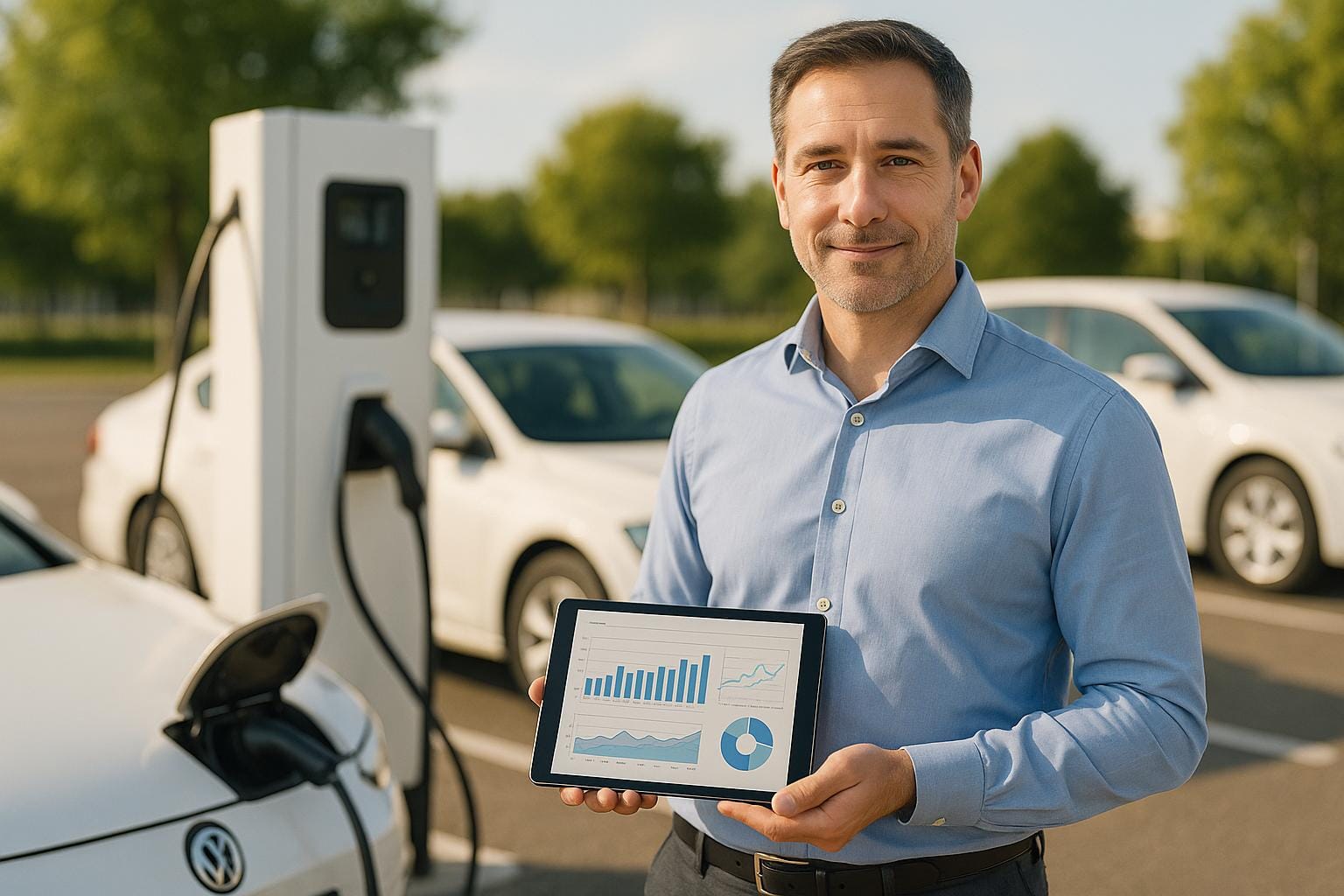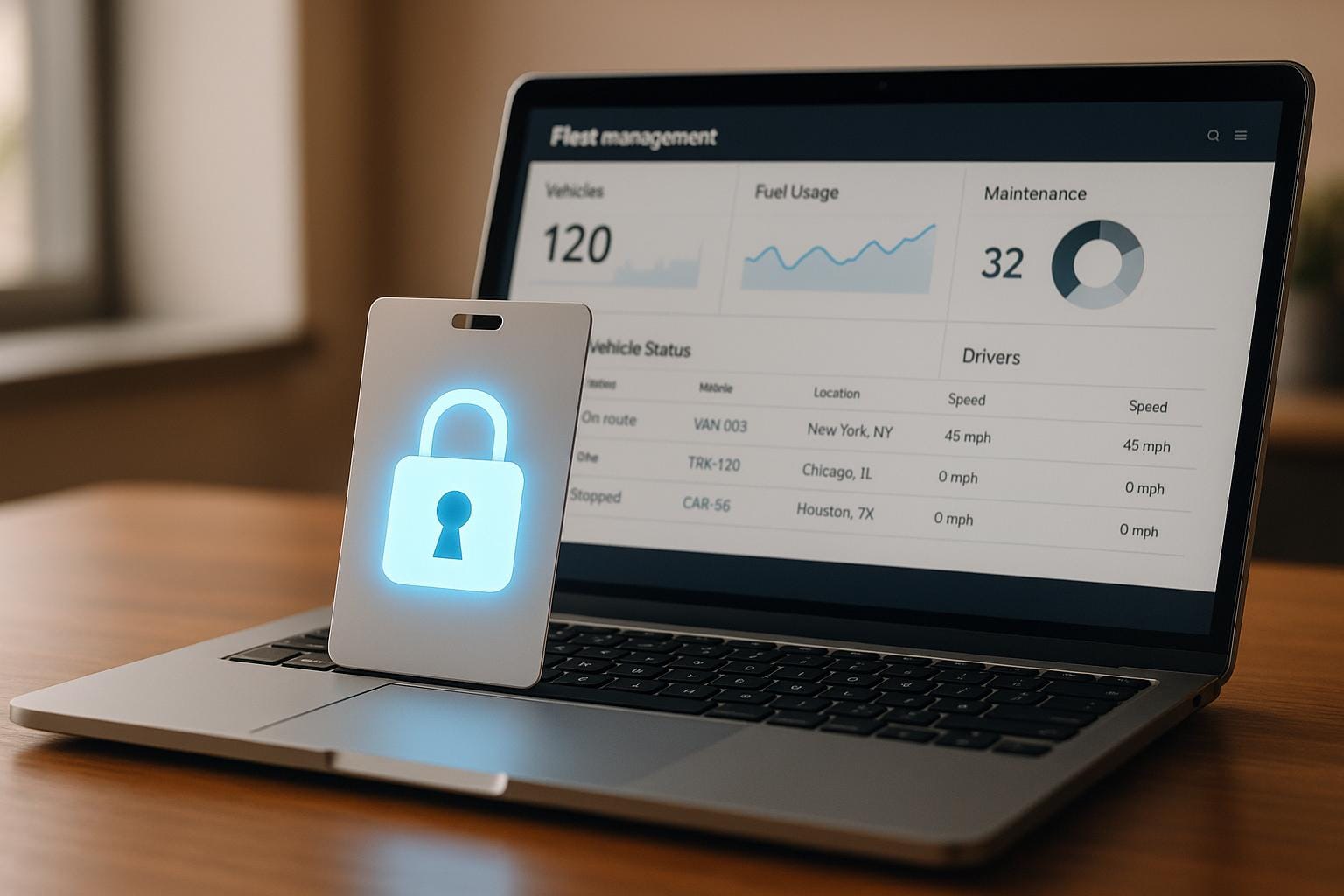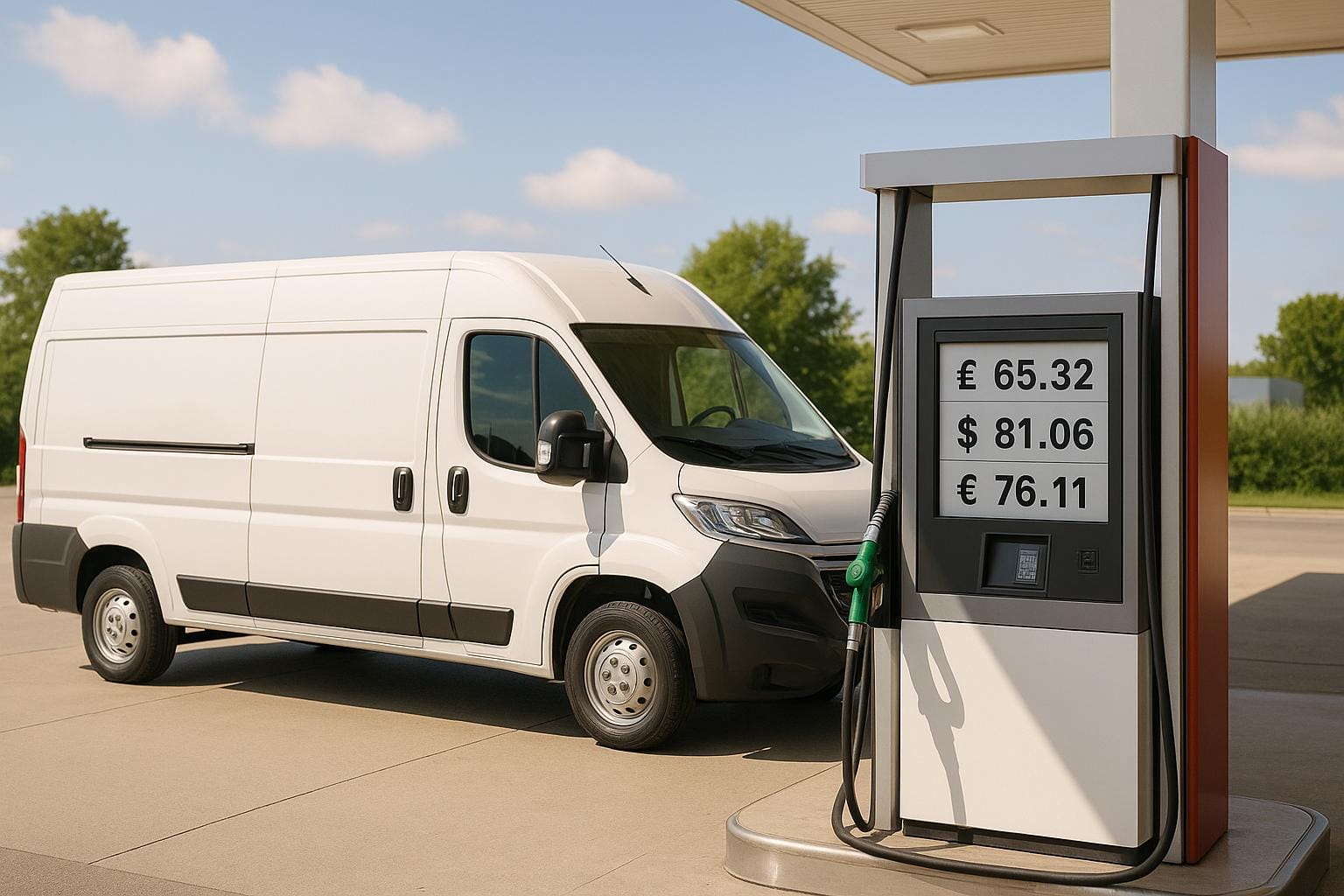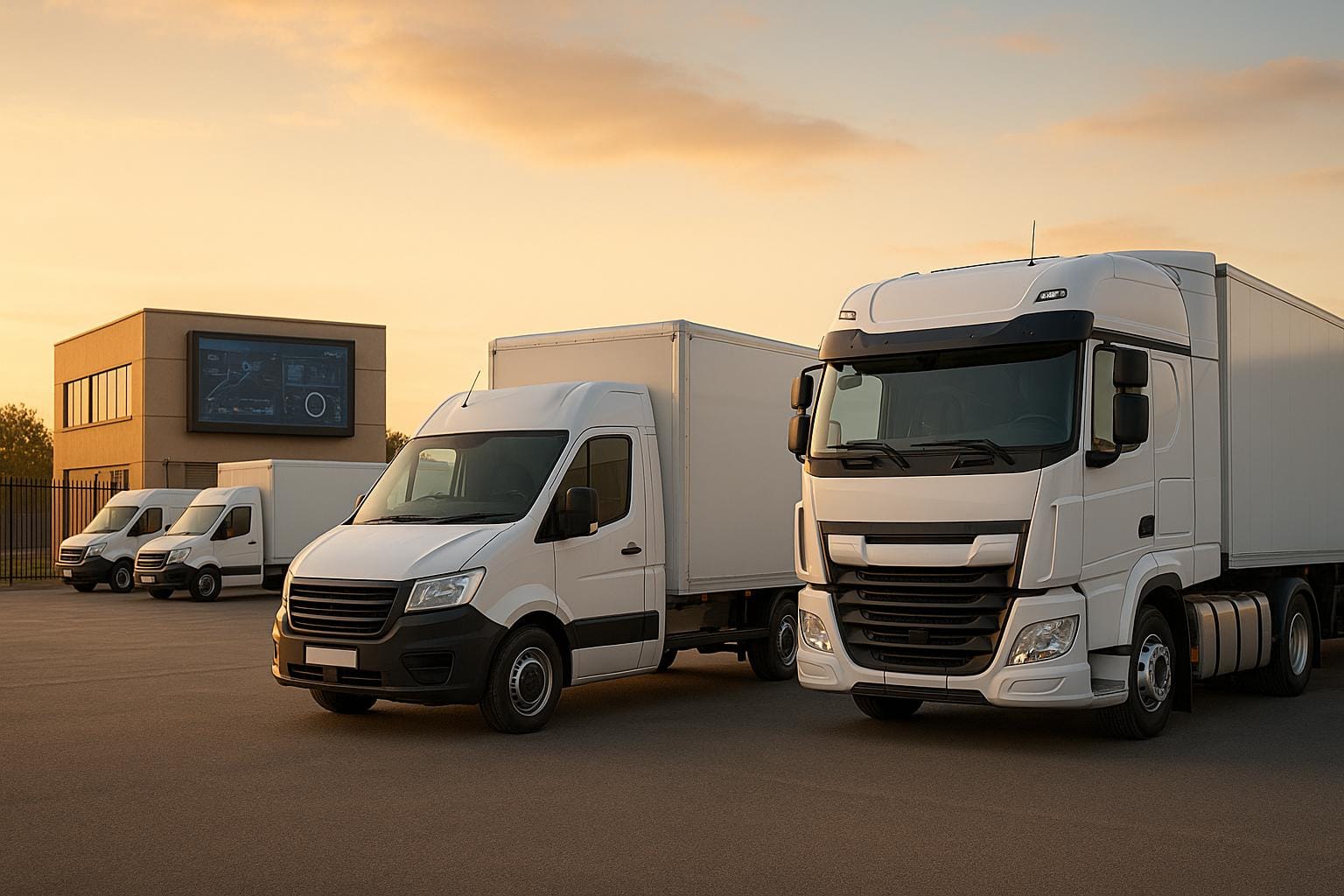As the global push for sustainable transportation intensifies, fleet managers and logistics professionals find themselves at the centre of a transformative journey towards electrification. While adopting electric vehicles (EVs) is no longer just a visionary goal but a strategic necessity, the complexities of implementation demand robust tools, insightful data, and innovative solutions. This article dives deep into how telematics and emerging technologies enable fleet managers to overcome the hurdles of electrification while optimising operational efficiency.
The Economics of Electrification: Beyond the Purchase Price
Electrification is more than just swapping diesel-powered vehicles for electric ones. It’s about rethinking the economic model, particularly around charging infrastructure and energy management. Fleet managers face a unique challenge: while diesel prices fluctuate weekly, electricity costs are far more volatile, sometimes spiking or even going negative multiple times in a single day.
This creates a new operational dynamic where understanding electricity pricing and demand charges is essential. Charging at peak hours could lead to significant overspending, making off-peak charging strategies a game-changer. Companies like Baya have demonstrated the value of shifting fleet charging to cheaper, off-peak hours, significantly reducing energy costs and ensuring efficiency.
The involvement of cities also plays a pivotal role. For instance, Los Angeles allocated £51 million specifically for transport electrification within its £4.8 billion transport budget. Practical measures, such as investing in electric street sweepers, indicate a pragmatic approach to sustainability - balancing environmental goals with operational efficiency. However, the infrastructure challenge remains critical. Fleet managers need scalable, reliable charging networks, supported by Charge Point Operators (CPOs) who can ensure uptime and transparent pricing.
Collaborative Solutions in Charging Infrastructure
Collaboration is proving to be a key enabler in tackling charging infrastructure gaps. For example:
- Pelagis Mobility and EV Realty are streamlining freight fleet charging by creating a unified network with a single interface in California.
- Quily Engineering is leveraging analytics for charging optimisation, demonstrating how data-driven partnerships can unlock real savings.
But policy inconsistencies, particularly outside major urban areas, continue to slow the transition. Clearer guidelines, such as addressing cost reimbursement for drivers who take EVs home, are sorely needed to remove practical barriers.
The Digital Backbone of Electrification: Software, Data, and AI
Electrification cannot scale without the digital tools that support it. Advanced telematics, AI, and predictive software have become the "brains" behind modern fleets, enabling managers to optimise energy usage, improve maintenance schedules, and enhance overall fleet performance.
Telematics: Turning Data into Actionable Insights
With five million subscriptions, Geotab exemplifies how telematics has become indispensable in the fleet industry. By integrating AI, telematics now offers real-time data on driver behaviour, predictive maintenance alerts, and energy management insights. For example:
- Predictive maintenance uses real-time sensor data to identify issues such as brake wear or battery health, reducing unexpected breakdowns and extending the lifespan of components.
- Route optimisation tools ensure energy efficiency by planning routes that minimise energy consumption and avoid high-cost charging times.
The Role of AI in Fleet Management
AI has emerged as a vital tool for orchestrating large-scale electrification. From fleet-wide charging schedules to battery management, AI ensures that electrification strategies are not just reactive but predictive. As Sean L noted, managing electrification manually is nearly impossible at scale.
For fleets transitioning to EVs, selecting the right battery chemistry is critical. Data-driven decisions, such as choosing between lithium iron phosphate (LFP) batteries for stability or nickel manganese cobalt (NMC) batteries for higher energy density, further illustrate how telematics enables tailored electrification strategies.
Market Dynamics: Total Cost of Ownership as the Deciding Factor
In the world of fleet electrification, total cost of ownership (TCO) is emerging as the ultimate metric. While the range of an EV may grab headlines, TCO - factoring in reduced fuel, maintenance costs, and downtime - closes the deal for medium and heavy-duty EV adoption.
Corporate fleets, particularly in France, are leading the charge, incentivised by tax benefits and penalties for failing to comply with electrification mandates. However, electrification is far from a "one-size-fits-all" solution. Regulatory differences across countries and variations in charging infrastructure present unique challenges for multinational fleets, underscoring the need for custom strategies.
Emerging EV Models and Deployments
Vehicle manufacturers are rising to the occasion by offering fleet-tailored EV options:
- Kia EV5 is designed with modularity, allowing it to adapt to various utility needs - a critical consideration for diverse fleet applications.
- Improved range for small and medium-sized electric vans is addressing range anxiety, making them more viable for last-mile deliveries.
Real-world deployments underscore the growing momentum:
- Stagecoach introduced 110 electric buses in the UK, highlighting scalability in public transportation.
- Linfox in Australia rolled out 30 electric prime movers, signalling a significant move in heavy-duty logistics.
- PepsiCo continues to lead with electric trucks, proving the feasibility of EV operations without heavy reliance on subsidies.
Policy and People: Addressing the Human Element
While technology and data are critical, successful electrification ultimately hinges on effective policies and the human element. Policies that remove ambiguities, such as California’s HVIP voucher incentive program, help fleets navigate the shift to zero-emission vehicles. However, fragmented regulations remain an obstacle, particularly in areas like charging reimbursement policies.
Prioritising Driver Comfort
Electrification strategies that focus solely on operational costs risk overlooking a critical factor: driver satisfaction. As Lean Hansen pointed out, cost-cutting measures that compromise driver comfort can lead to higher turnover rates, hidden inefficiencies, and reduced productivity. Data-driven insights can bridge this gap, ensuring that electrification strategies reflect both operational realities and the needs of drivers.
Key Takeaways
- Energy Management is Key: Electricity pricing volatility requires fleets to adopt strategies like off-peak charging to reduce costs.
- Collaboration Drives Success: Partnerships between CPOs and fleet operators are critical to overcoming charging infrastructure hurdles.
- AI and Telematics are Essential: Advanced digital tools enable predictive maintenance, route optimisation, and energy management at scale.
- TCO Outweighs Range: Total cost of ownership, not range, is the decisive factor for medium and heavy-duty EV adoption.
- Policy Gaps Persist: Clear, consistent regulations are needed to eliminate practical barriers, such as home charging reimbursement.
- Corporate Fleets Lead Adoption: Tax incentives and compliance penalties are accelerating uptake among corporate fleets.
- Driver Satisfaction Matters: Ignoring the human element, such as comfort and ease of use, can undermine electrification efforts.
- Data-Driven Decisions Win: From battery selection to maintenance schedules, telematics and analytics underpin successful strategies.
Conclusion
Fleet electrification is no longer a question of "if" but "how." By leveraging advanced telematics, AI, and collaborative strategies, fleet managers can navigate the complexities of energy management, vehicle maintenance, and regulatory compliance. Yet, the shift to EVs is as much about people and policy as it is about technology. Successfully scaling electrification requires addressing infrastructure gaps, prioritising driver satisfaction, and adopting data-driven decision-making. In this rapidly evolving landscape, overcoming real-world barriers will determine the pace and success of the transition to sustainable mobility.
Source: "Best of LinkedIn: Commercial Fleet Insights CW 36/ 37" - Frenus GmbH, YouTube, Sep 16, 2025 - https://www.youtube.com/watch?v=9p0Z0HG6XPs
Use: Embedded for reference. Brief quotes used for commentary/review.




